The Ocean’s Guardians: Dolphins Save Swimmers from Great White Shark
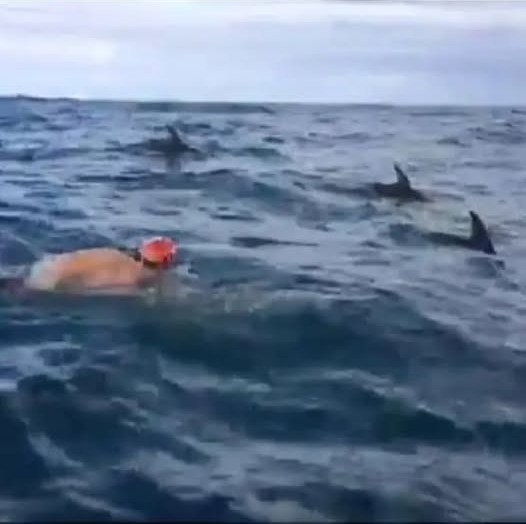
At first, the lifeguards thought the dolphins were just being playful. The sun was shining bright over the coast of California, a perfect day for beachgoers to bask in the warmth of the summer sun. Giggles erupted from families lounging under colorful umbrellas, and the sound of waves crashing on the shore filled the air with a rhythm of tranquility.
As a group of cheerful swimmers splashed around in the azure waters, a pod of dolphins surfaced nearby. Playful and agile, the dolphins leaped and twirled, captivating the attention of the beach visitors. Children pointed and squealed in delight, mesmerized by the graceful creatures. It was just another day at the beach — until it wasn’t.
When the dolphins began to circle the swimmers, tight, fast, and forceful, the lifeguards’ amusement quickly shifted to concern. Something felt wrong. The rhythmic dance transformed into an urgent display of protective instinct. The eager swimmers, once carefree, suddenly found themselves encircled by a living wall of marine life.
Every time a swimmer attempted to break away from the group, a dolphin would nudge them back into the center of the huddle. Confused but trusting, the swimmers stayed together, each person glancing around, baffled by this phenomenon. They felt safe but bewildered, the playful dolphins now giving them a sense of urgency rather than joy.
Then, as if emerging from the shadows, the reality of the ocean made itself known. The bubble of safety the swimmers felt was pierced by an electric tension in the water. From their vantage point, they witnessed the unmistakable silhouette of a massive great white shark, gliding silently just beneath the surface. The dolphin's behavior suddenly made sense; they were not just playing. They were keenly aware of the predator lurking below.
For 40 heart-pounding minutes, the dolphins executed an instinctual plan that seemed choreographed by nature itself. With unwavering unity and strength, they formed a barrier around the swimmers, navigating the waters with swift, vehement movements. They clicked and whistled, a symphony of urgency, as they recognized the threat their human counterparts were oblivious to.
Witnesses on the beach watched in awe, their hearts pounding in rhythm with the drama unfolding in the water. Some filmed the scene on their phones, shaking with a mix of fear and excitement. “What is happening?” people whispered, adrenaline surging through their bodies. Lifeguards stood at the ready, scanning the ocean’s surface for signs of the shark and prepared to call their colleagues into action if needed.
This intense standoff unfolded like something out of a myth—a story passed down through generations about the guardians of the ocean. The massive shark, its powerful body moving with stealth in the cold water, circled the swimmers, testing the resolve of the playful pod. Yet, the dolphins did not waver. With every approach from the shark, the dolphins sped closer to the swimmers, their distinct grey bodies merging into a formidable line of defense.
Then there was a moment when that defense was tested. A swimmer, overcome by panic, instinctively lunged towards the shore. It was a natural reaction to danger; every human instinctively knows to flee from a predator. But the dolphin closest to the swimmer swiftly intervened, nudging him back into the embrace of their protective circle. In their own language of clicks and whistles, they communicated the urgency of remaining together.
It was a poignant reminder of the instinctual intelligence that exists beyond human understanding. Dolphins are often considered some of the ocean’s most intelligent creatures, capable of forming complex social groups and demonstrating empathy. In this pivotal instance, they showcased a profound understanding of protectiveness and community.
As the minutes ticked by, the tension reached its peak. The beachgoers held their breaths, praying for the safety of the swimmers. The sharks circling cunningly, its dark shadow gliding effortlessly through the water, persistently exploited the moments of weakness among the swimmers. But the dolphins were vigilant. Every twist and turn of the shark was met with strategic movements from the pod—each dolphin anticipating its moves, creating an invisible wall that repelled danger.
Finally, after what felt like an eternity, and just as hope began to wane, the great white shark spotted its opportunity. With a tremendous force, it surged upward, breaching the surface of the water in a display of ferocity. Gasps echoed from the beach, but before the shark could approach the group, the dolphins formed an even tighter formation, swimming around the swimmers like a powerful force field.
And then, in an unexpected turn, the shark, now face-to-face with the combined might of the pod, hesitated. Sensing the fierce determination and unity among the dolphins, it changed direction, retreating back into the depths of the ocean.
As the tension faded, so too did the dolphins’ roles as guardians. They relaxed, their swift movements slowing, creating a gradual space between the swimmers and the ocean floor. The swimmers, bewildered but overjoyed, were gently ushered back to safety, guided by the watchful eyes of the lifeguards who had witnessed this extraordinary event unfold.
When they reached the shore, cheers erupted from the beach. The story of the heroic dolphins spread like wildfire. It was a tale of bravery and instinct—the living all-too-real heroism of nature itself. The pod had formed a barrier, a defensive line created not just to protect themselves but to safeguard the lives of those unprepared for the lurking predator below.
That day at the beach serves as a reminder of the profound connections we share with the natural world. The dolphins exemplified teamwork and protection beyond words, crafting a narrative of instinct and courage that transcends species.
So next time you find yourself by the ocean, remember the story of those graceful guardians. And who knows? You might just witness nature’s heroes once again.












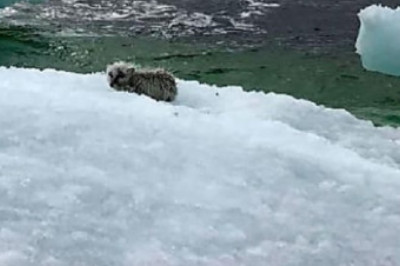
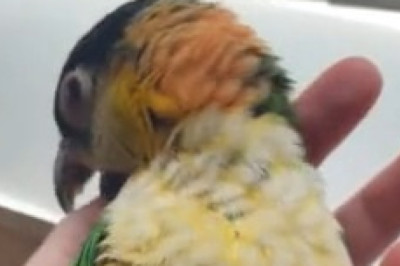
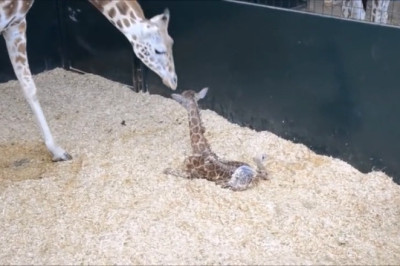

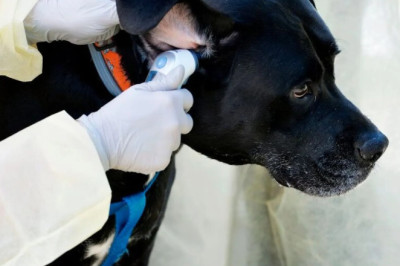


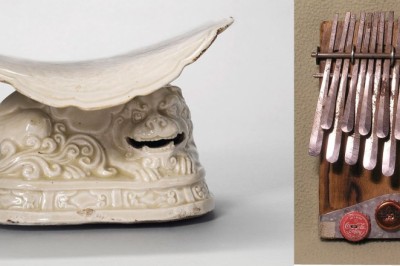

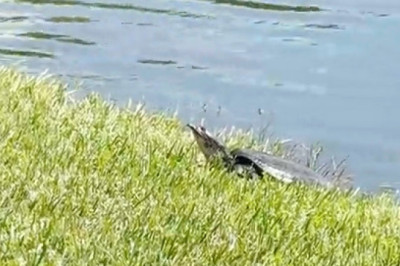
Comments
0 comment